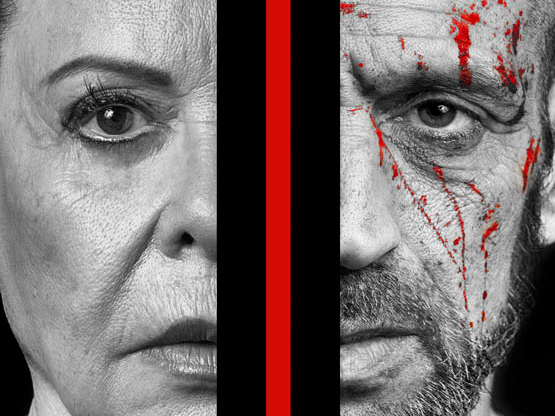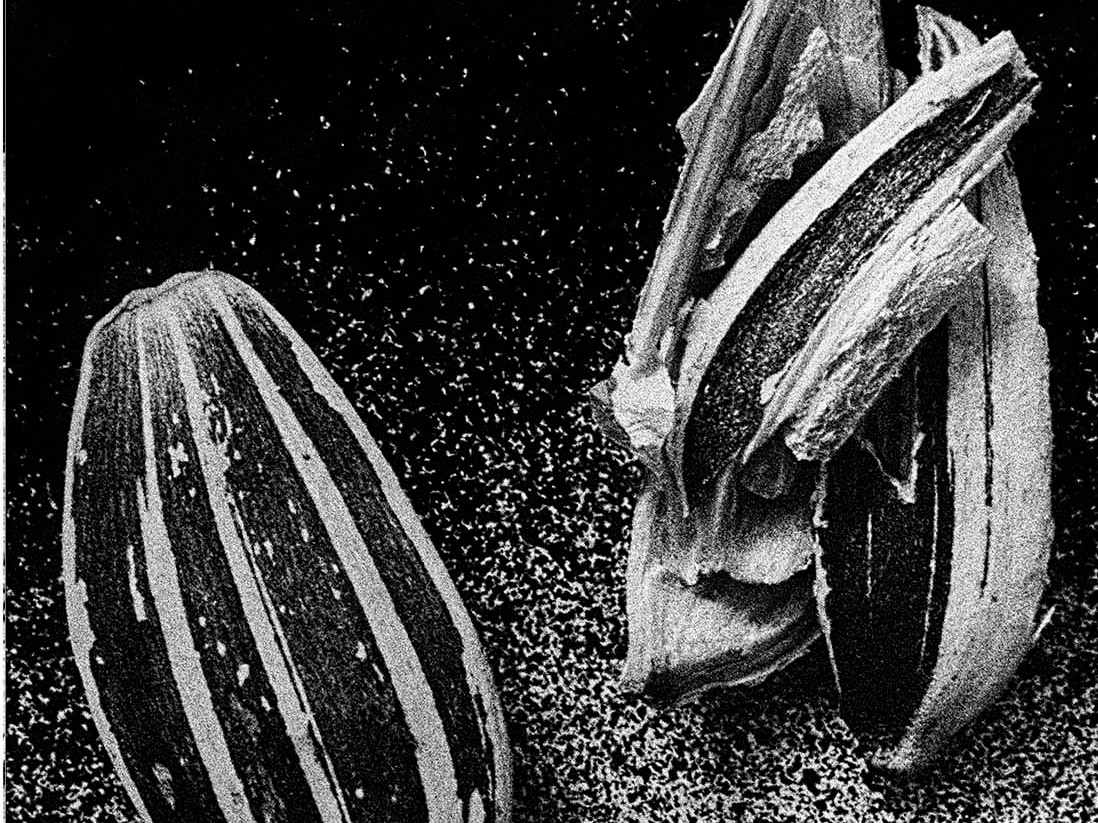Genesis, a Visual Exegesis Essay
Genesis, a Visual Exegesis Essay Gérard Allon photographs constitute one prolonged, systematic polyphonic commentary on the biblical story. Its strength lays in the virtuosity of composing the various forms of expressions, in order to construe this symphonic attainment: the figurative emphasis on the letters of the Hebrew alphabet, the skillful choice of colors, the textual components and above all, the mystical atmosphere that penetrates each of his compositions. Crucial for his photographs is the color symbolism. Though it can be argued whether colors have an intrinsic symbolism in themselves, they served as central components in the Cabalistic symbolic system, and were part of some forms of mystical practices of visualizing the sefirot in form of letters of divine names imagined in different colors. Allon exploits some of the classical symbolisms of Cabalah regarding colors, especially as they were exposed in Rabbi Cordovero’s “Sefer Pardes Rimonim” written in Safed at the middle of the sixteenth-century. While very traditional from the symbolic point of view, the pictorial exegesis is also very modern. The use of the symbols as found in the classical mystical sources, the colors, is riveted toward more recent concepts of life, as the introduction of red and white globes points to the male and the female in some instances. What is astonishing in this case is the “discovery” of the convergence between the colors used in order to describe the basis components of life, the blood, and the cabalistic symbolism that envisions the red as a symbol for the female and the white of the male. Therefore, we may well speak of modern visions which were expressed in traditional symbols, which are enrolled in order to interpret an earlier text. This coexistence of various layers of culture: The Biblical text which serves both as a springboard of artistic creativity, and as a formal text to be interpreted; The Cabalistic symbolism, and finally; The modern media of expression; confers on Allon’s work a uniqueness which is beyond the artistic attainment. It is an attempt to look with the mind of a sensitive artist to the sacred scripture, as understood by the lenses of a Jewish mystic. Jerusalem, august 16, 1992 Prof. Moshe Idel. Hebrew University








